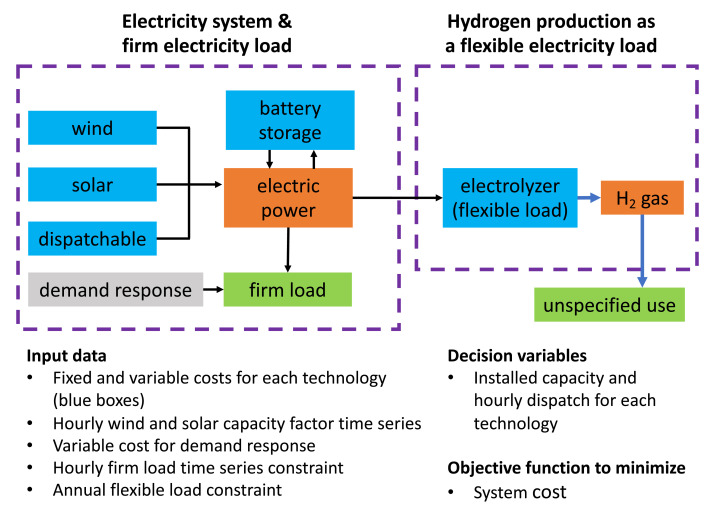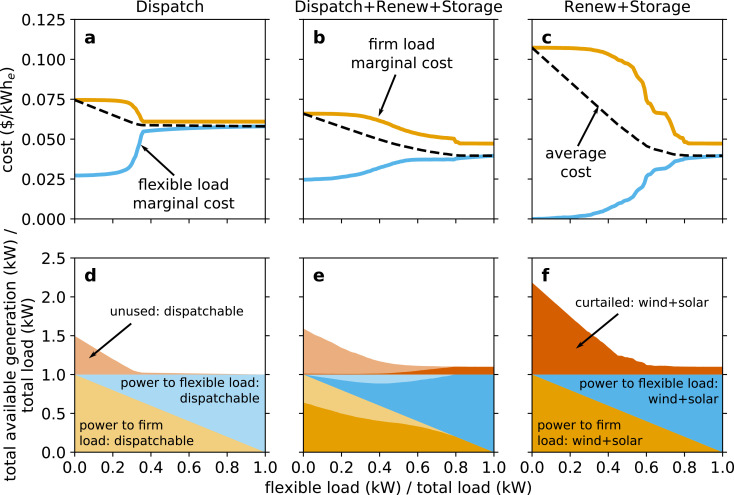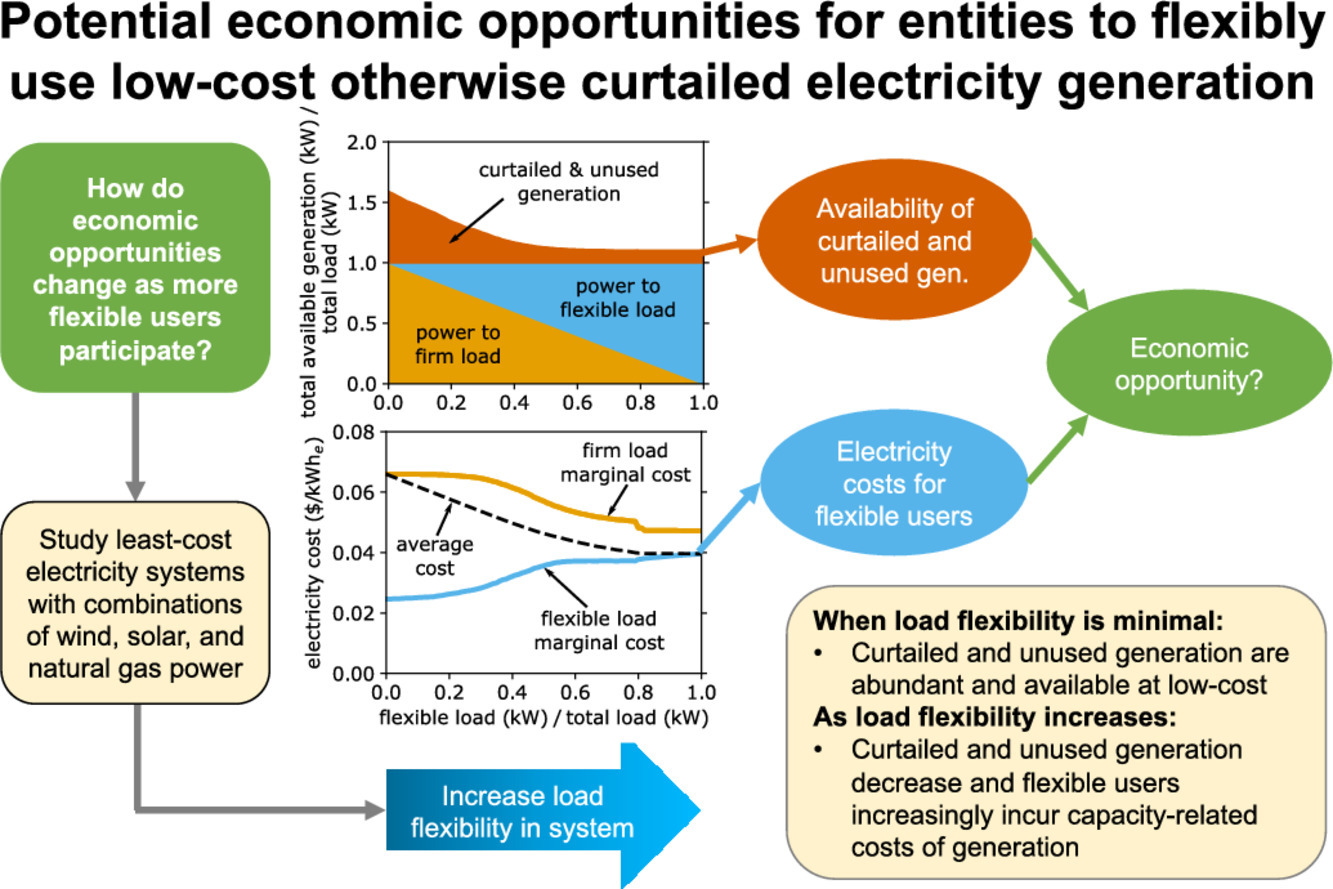WE ARE LIVING IN AN “AND/AND WORLD”
I am a geoscientist who thinks about energy systems and climate policy, and while I have some general knowledge of energy systems, I do not claim any policy expertise, so this is just me thinking out loud and in public …
WARNING: This blog post is more prescriptive than most things I write.

There are many people who put a lot of faith in the operation of markets who like to see governments do as little as possible.
Often, these people are OK with government action if someone can demonstrate that there is a market failure that government can address.
For the climate challenge, the most well-known market failure is the failure of markets to reflect future costs of climate damage in current prices. Where there is no price signal from future climate damage, markets continue to operate as if the operation of markets will not cause any climate damage — and this is driving us to dangerous climate change.
Economists often conclude that the most efficient way to represent this “unpriced externality” — an external cost that is not represented in market prices — is to have a carbon tax (or fee, if you prefer). A problem with this approach is that taxes are politically unpopular. A basket of policy approaches have been tried instead: carbon-trading markets, subsidies, regulations, etc.
These policies that drive technology deployment are addressing the “cost pricing failure” — the failure to represent costs of future climate damage.
“Unpriced future climate damage” is a market failure that is impeding deployment of clean energy technologies, but there is another market failure that is impeding development and improvement of energy technologies.

Think of all the benefits of technology that we have today. Right now, you are using a computer and staring at a monitor screen. You have a cell phone. You’ve ridden in cars and flown in airplanes.
When these technologies were developed, some proprietary knowledge was generated and patented and this is a mechanism by which investors got rewarded for investing in innovation.
However, such innovative efforts also produced a lot of knowledge of a sort that is not patentable and where the benefits were not privatizable.
People watch each other.
When people see someone try to do something and fail, that gives people ideas on what they could do differently to succeed.
When people see someone try to do something and succeed, that gives people ideas on what they could do even better to out-compete them in the market.
Look around yourself right now: Can you find a single product in your field of view that was not informed by non-privatizable knowledge generated by private investment?
One of the things in my field of view is my DSLR camera.
This is a Canon camera, but the camera looks very similar to a Nikon or a number of other brands. Camera makers have converged on similar designs because there is non-privatizable knowledge about what works, what can be manufactured cost effectively and what can be sold into a market at what price.

Economies and societies benefit from the non-privatizable benefits of private investment.
In most areas, we just accept that investment will be motivated only by privatizable benefits of an investment, and the entirety of non-privatizable benefits will go to other individuals or society-at-large. But the urgency and scale of the climate challenges warrant addressing this market failure specifically in climate tech innovation.
We can accelerate development and deployment of energy technologies that can help us attain net-zero emissions as soon as is practicable.
It is of course important to publicly fund the basic research that is the seed corn for long-term economic growth. But it takes risk-accepting investors to provide resources to develop the best ideas of scientists and engineers to the point where there is a product that can compete in the marketplace.
If the main reason we want private investors to invest in clean energy technologies is to benefit society, wouldn’t it make sense for society to provide incentives to generate that societal benefit?
The failure to adequately incentivize people to rapidly generate shared knowledge about better energy systems is a “benefit pricing failure” — a failure to provide a price signal to investors that reflects non-privatizable benefits of energy innovation.
Nearly everyone will benefit from cheaper clean energy technologies, especially-when those technologies can be nearly as cheap or cheaper than their CO2-emitting alternatives .

In addressing climate challenges, one important market failure is the failure of markets to price social costs of future climate damage. Another important market failure is the failure of markets to price the social benefits of future cheaper clean energy technologies.
Policies that address the failure to price widely-shared benefits of energy innovation can be complement policies that address the failure to price widely-shared costs of climate damage. These policies address different market failures but are aimed at achieving the same goal.
And these two sorts of policies are complementary. Whatever the policy is that is aimed at driving deployment, having cheaper technologies will make that deployment-driving policy even more effective. With cheaper technologies, more clean energy technologies can get deployed faster and at lower cost — enabling earlier and deeper reductions in emissions.
We are not in an “either/or world”. The climate challenge is daunting enough that we need to live in an “and/and world”. We need policy drivers that promote deployment of clean energy technologies and we need policy drivers that promote development of better and cheaper technologies that are ready to be deployed.

We do not have to choose between policies that drive deployment of existing technologies and policies that drive development of better technologies.
We can do both and we should do both.




